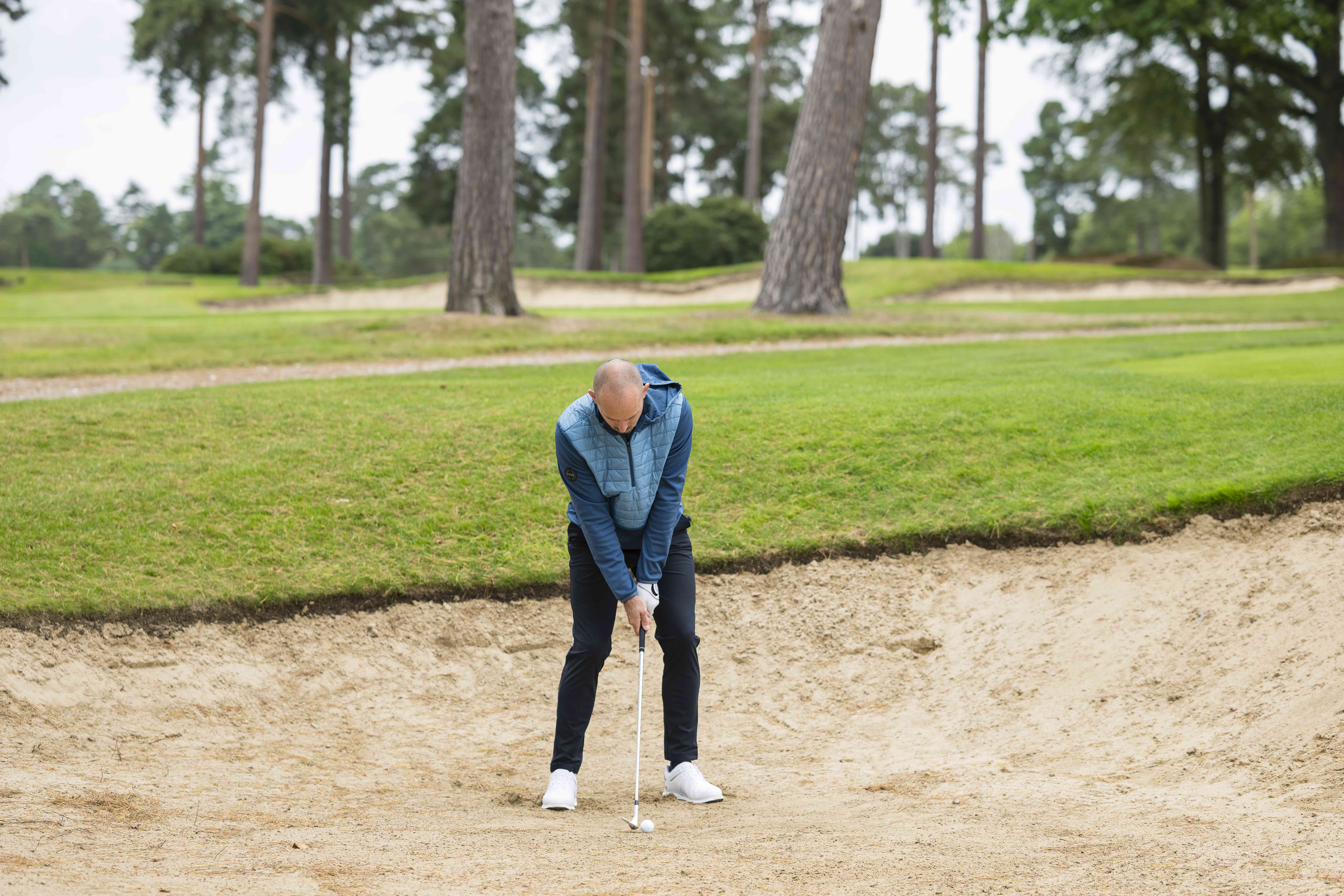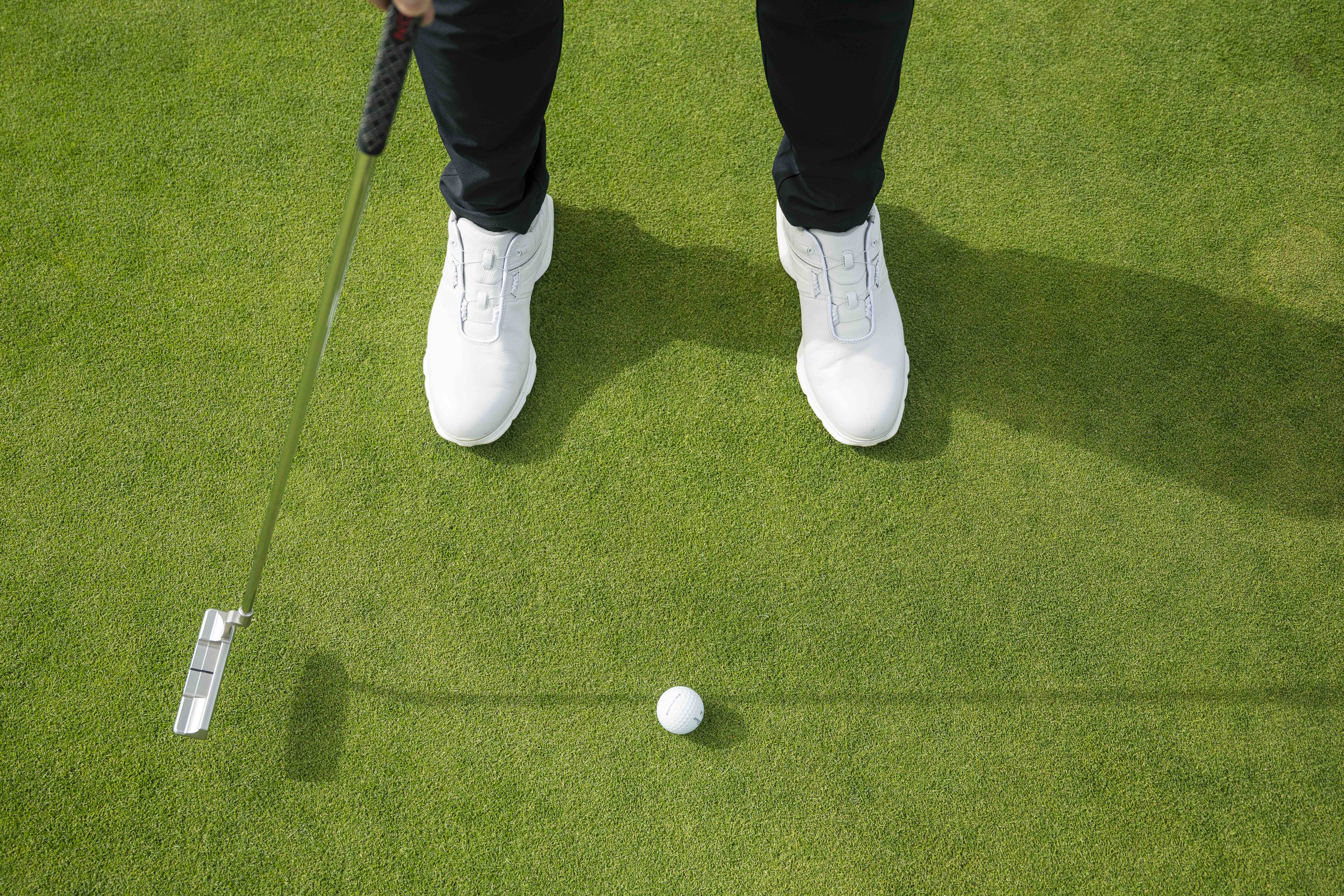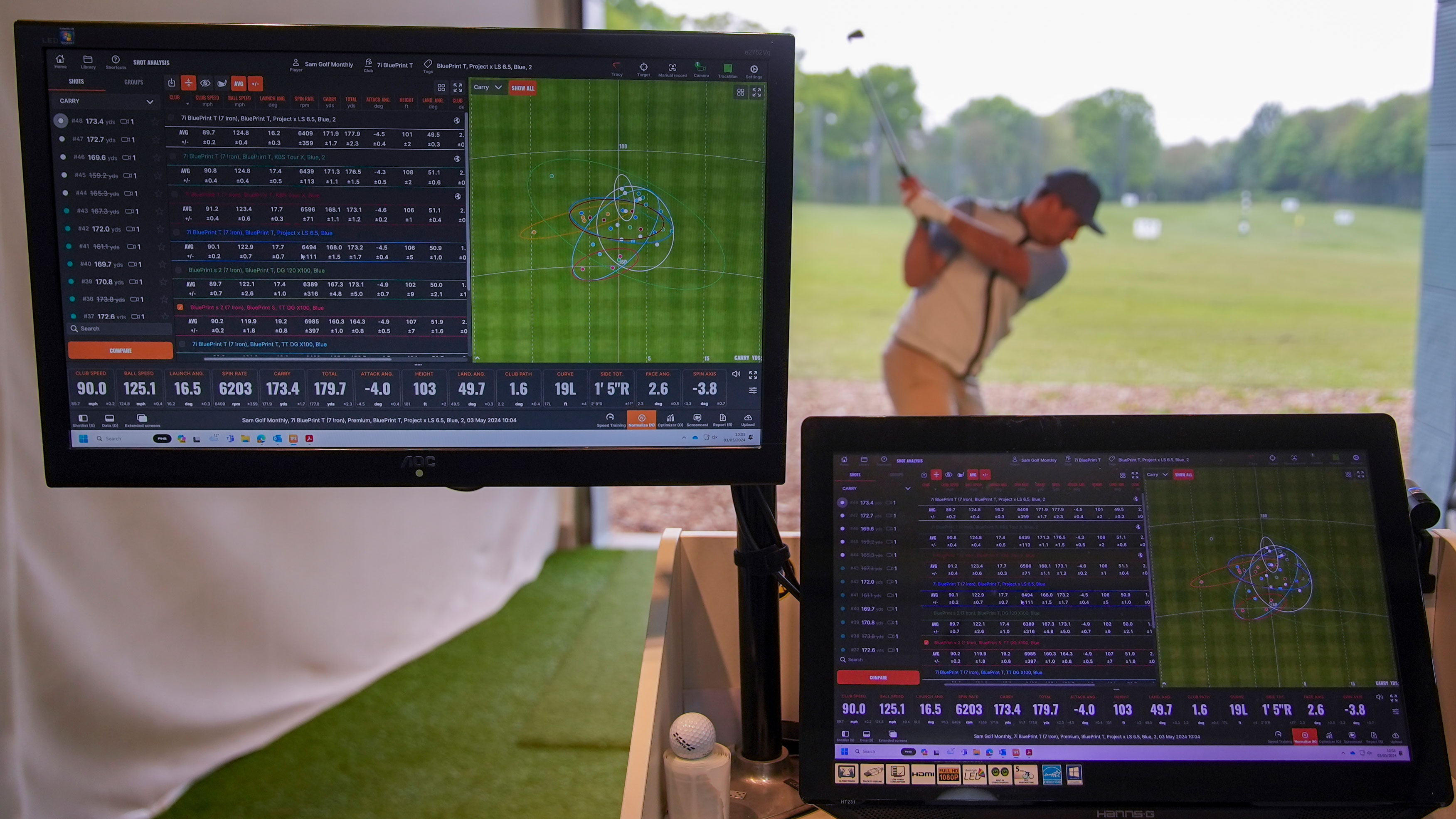7 Shots That Will Save Your Game This Winter!
Golf Monthly Top-50 coach Adam Harnett details seven key shots that will save your golf game this winter


Dan Parker
7 Shots That Will Save Your Game This Winter!
Winter golf comes with its own unique challenges. As golf courses get wetter, fairways usually take distance off drives, bunkers often become more compact, and greens tend to get slower, therefore it's important we adapt our game in the right areas to keep playing at our best.
Here, I'm going to detail seven key shots you need in your armory to save your game this winter. We'll cover everything from identifying certain lies, how to strike the ball in wet conditions, and how to get your putting pace right on slower greens. Work on getting these techniques right, and I'm sure it will save your game in some vital situations this winter.
WATCH: Adam Harnett talks through seven vital golf shots you need to have in your armoury this winter
Hitting from different lies

Being able to identify a flyer lie is key to playing well in the winter months.
One of the biggest mistakes club golfers make in the winter is not assessing the lie. Often, amateurs get a yardage, pull a club and then hit the shot, without even judging how the ball is sitting. You’ll never see a good player not have a good look before they hit their shot – so this is lesson number one.
Faced with a bare lie, perhaps where it’s also wet and muddy, amateurs will often try and help the ball into the air, because they’re so fearful of hitting the ground first and fatting it. In this situation, the radius of the swing shortens, which tends to lead to thin strikes and tops. Another common fault is leaning onto the back foot, again in an attempt to get the ball up. To ensure that you get a clean strike, make sure that you’re moving forward aggressively onto the front foot.

Having at least one hybrid or higher lofted fairway wood in the bag is a sensible decision to carry the ball further and with relative ease when wet golf courses are playing longer.
Using hybrids and fairway woods
When the air is cool and the fairways are soft, the course is going to play longer. If you don’t feel so comfortable hitting long irons, try using a hybrid or fairway wood. Because of their wider, flatter soles, they can glide through the ground a lot easier than a long iron. So, put the long irons away and give the hybrids and fairways an extended trial over the winter. The only adjustment I’d make is to grip down slightly, which will give you a bit more control and take a little distance off.
Subscribe to the Golf Monthly newsletter to stay up to date with all the latest tour news, equipment news, reviews, head-to-heads and buyer’s guides from our team of experienced experts.

Striking ball then turf is the first step to quality ball striking this winter.
Quality ball-striking
Now we’re into the scoring zone (approximately 150 yards and in). This is where we can fritter away shots if we’re struggling for a clean strike. There’s a really effective drill I like to encourage students to use on the range and out on the course, which is to simply make a few practice swings with a focus on where you’re going to make contact with the ground. Remember, the strike that we’re looking for is ball then turf.
Here, I’m making my practice swing and trying to make contact with the ground forwards of the ball. This is going to encourage a downward hit and prevent ‘backing up’ or lifting, which is that attempt to try and scoop the ball off the ground. If you need a stronger visual, try popping a towel down behind the ball. The idea is that you strike the ball without making contact with the towel. I find this exercise helps a lot of golfers to develop a much cleaner strike.
70-yard pitching
If you find yourself fatting wedges from this kind of range, it might be because you’re getting very narrow. I often see this fault, where the club comes in towards the player going back and the shaft gets vertical. From there, the club comes down really steeply. This drill is going to help you get more width.
Simply take a three-quarter swing. Note that when I take my right hand off the club, I can’t reach my club head. This shows me that my backswing has a nice amount of width. Keep working on this feeling and you’ll soon find yourself picking the ball off the turf using the bounce of the club. In other words, no ‘digging’ with the leading edge into the ground.

Compact bunker shots
With a fluffy lie, the type you get more in the summer, you want to use the bounce of the club. In the winter, the sand is often wet and compact, which makes it easy to bounce off the hard surface into the middle of the ball – and there’s your thin strike.
For the winter months, I’d encourage you to carry a wedge that has a low bounce, so six or eight degrees. This will help to keep the leading edge down in the sand. In this scenario, we actually want the leading edge to dig a bit. To encourage this, make sure the ball is a little bit more central, and square the face up
Short chips
When the ball is sitting down in the wet rough, we still need a little bit of a downward angle of attack to get to the bottom of the ball. However, we don’t want low bounce at the same time because that’s just going to encourage a dig. With a bit of bounce on the club and a steeper angle, we’ll be able to just ‘pop’ the ball out.
With tight, wet lies we want to use high bounce. I like to get golfers comfortable with hitting the ground and feeling how it interacts with the turf. When you know that it’s not going to dig in, you’ll start to appreciate how the bounce works for you and how it can slide through in wet conditions.

Long putts
A common mistake club golfers make on slower, winter greens is to hit at the ball. To be a good, consistent putter we want the club to be moving at a nice constant speed – so no sudden acceleration on the downswing. To combat this, try to be more aware of the length of your stroke. We want the backswing and the downswing to be the same tempo. On the putting green, work on matching up the backswing length with the length of putt that you’re facing.

Location: Blacknest Golf and Country Club
Adam turned pro at 21 and learnt plenty about the mechanics of the swing after travelling to the States and through Europe. In 2011 he met Hall of Famer Jim Hardy and Chris O'Connell from Plane Truth Golf which proved to be a revolution in his teaching. Any pre-conceived ideas about the swing went out the window and he has been coaching this system ever since, to the great success of his students.
Teaching philosophy:
“Everything works, it’s about what works for you.” The golfer’s impact and ball flight always determine the technical change that is needed. I have never had an interest in teaching a ‘model’ because in my opinion there is more than one way to get the job done. I base my teaching on the theories of John Jacobs – “The sole purpose of the golf swing is to produce a correct repetitive impact. The method employed is of no significance as long as it is correct and repetitive.” My teaching philosophy involves the + and – system of correcting impact. I see the swing like an equation. Swings are either too steep or too shallow and all golf swings will have elements of both. Once I know the golfer’s impact/ball flight I will give the golfer an opposite element to neutralise their impact.
Biggest challenge:
The ‘de bunking’ poor information that golfers have either watched, read or been misinformed with. Giving the golfer the truth about their swing is vital and sometimes that can be the absolute opposite to what they may think. Gaining the student's trust is always difficult and that’s why my approach always involves a good explanation. The golfer spends a lot more time away from their coach than with them so one of the biggest challenges is keeping players from straying away from the plan. Golfers tend to react to shots when they play and practise, it’s easy to do. Keeping the player focusing on the ‘process’ and not the ‘outcome’ is super important to me if I want my players to develop long term.
Greatest teacher:
Jim Hardy, PGA Tour Hall of Fame instructor. I have known Jim for around 10 years and have spent a significant amount of time watching him teach – I have never seen another coach get results on a lesson tee as quickly as this man. His ability to alter his communication from a tour player to a 30-handicap elderly lady yet get them both to hit it better straightaway is unbelievable. What he doesn’t know about the swing you could write on the back of a postage stamp and his ability to communicate his knowledge is second to none. With this he has such an easy manner that makes you feel comfortable in his presence as soon as you shake his hand.
- Dan ParkerStaff Writer

